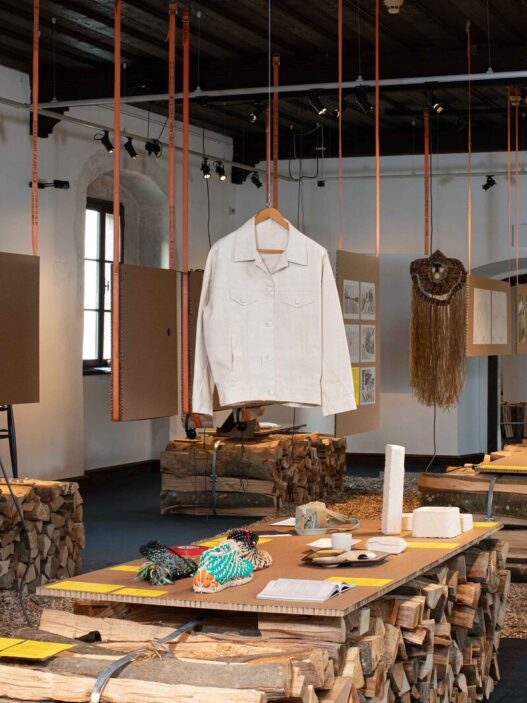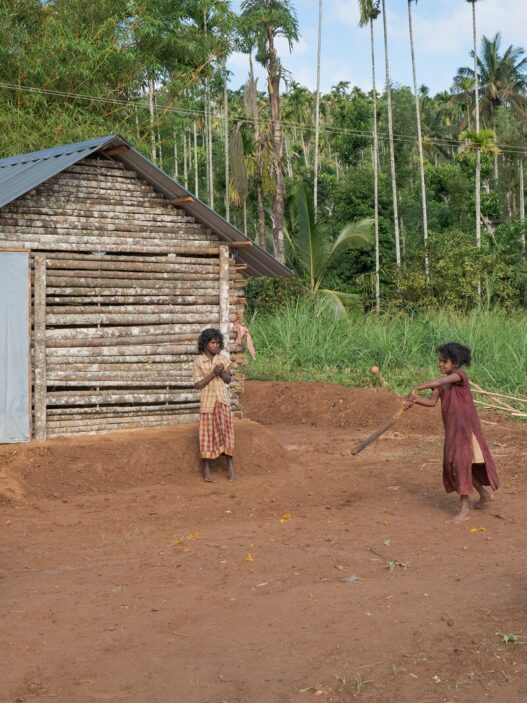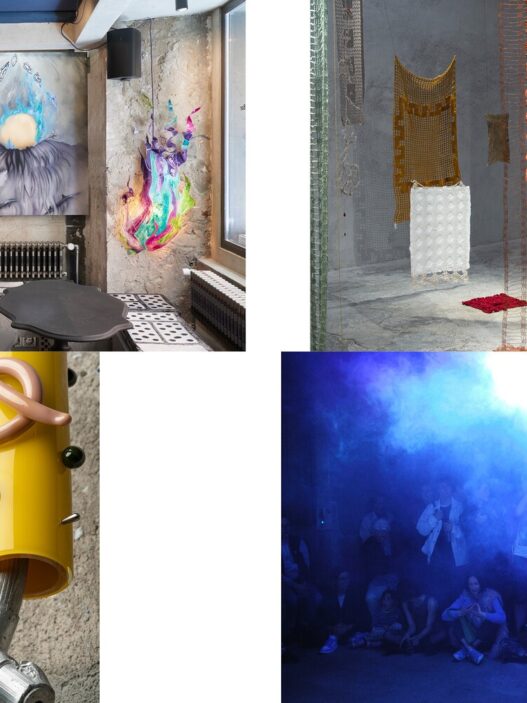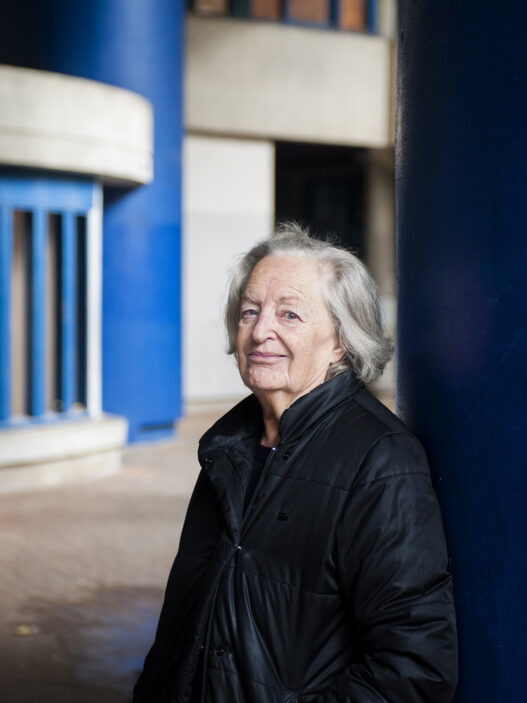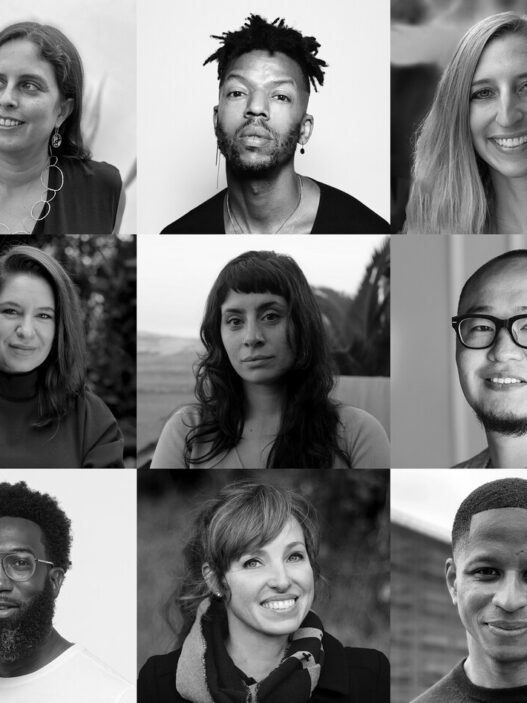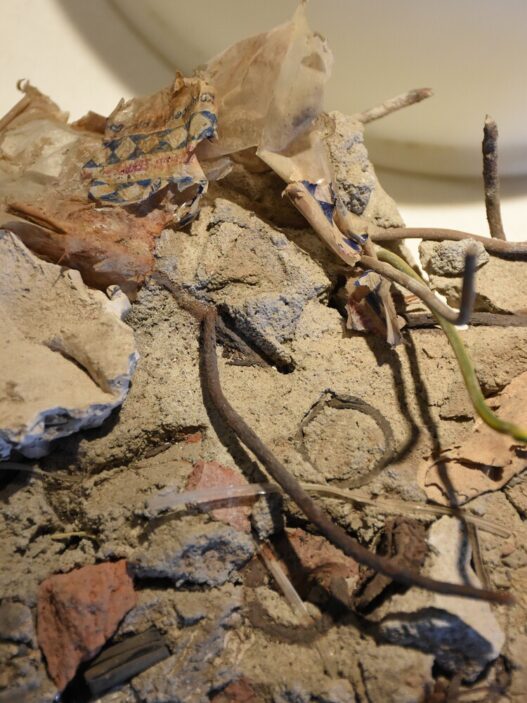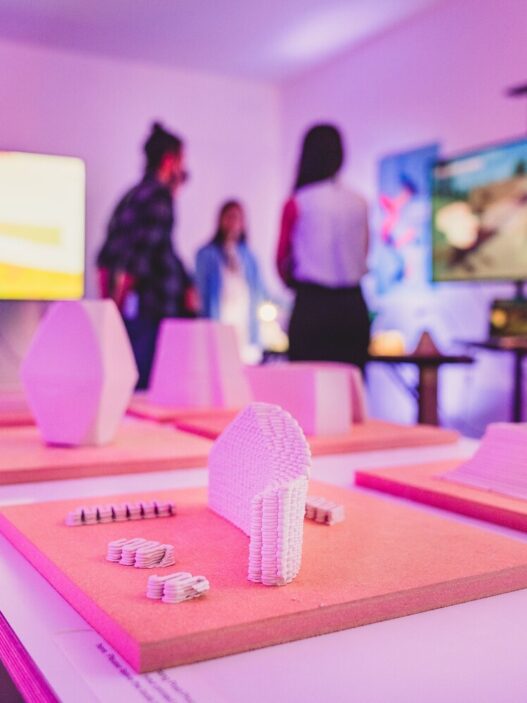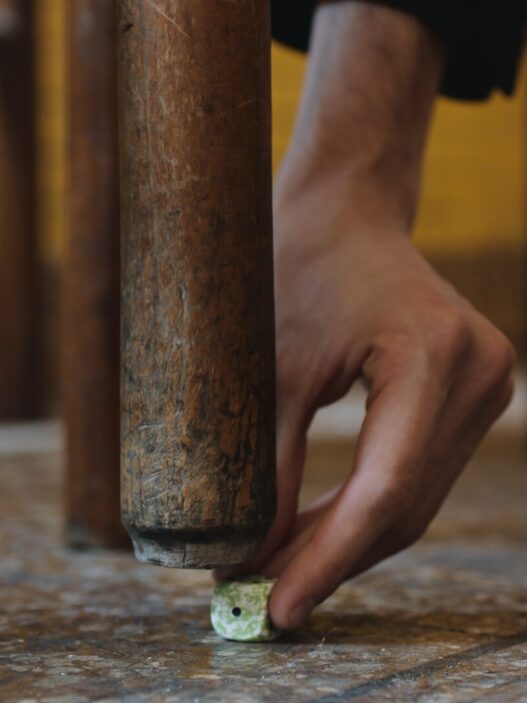Three Doors—Forensic Architecture/Forensis, Initiative 19. Februar Hanau, Initiative in Gedenken an Oury Jalloh
June 3–September 11, 2022
Opening: June 2, 7–10pm, in memory of all victims of racist violence
Lecture by Forensic Architecture: June 3, 6:30–9pm, first session of Forum Kollektiver Wahrheitsfindung, in English
Second session of Forum Kollektiver Wahrheitsfindung: June 29, 6–10pm, two panel discussions in German
The exhibition Three Doors—Forensic Architecture/Forensis, Initiative 19. Februar Hanau, Initiative in Gedenken an Oury Jalloh arises as a collaboration between various parties: the artist collective Forensic Architecture, its affiliated agency Forensis Berlin, Initiative 19. Februar Hanau, Initiative in Gedenken an Oury Jalloh, journalists and the cultural institution Frankfurter Kunstverein. They work as a coalition of civil society forces and experts in various fields, to make systemic racism and authority failures visible.
In the exhibition Three Doors three new works by Forensic Architecture/Forensis that investigate racially motivated incidents in Germany will be shown. In each case, a door becomes a symbol of the ongoing and alarming involvement of state authorities in racist violence.
The forensic investigations of the racist terror attack of February 19, 2020 in Hanau, where nine people were murdered, are the main focus of the show and become the story of two doors: the locked emergency exit door of the Arena Bar in Hanau-Kesselstadt and the entrance door of the perpetrator’s house, which leaves many critical questions open about the police surveillance on the night of the crime. In the night died Ferhat Unvar, Gökhan Gültekin, Hamza Kurtović, Said Nesar Hashemi, Mercedes Kierpacz, Sedat Gürbüz, Kaloyan Velkov, Vili-Viorel Păun and Fatih Saraçoğlu.
Another investigation looks at a third door of the police cell where Oury Jalloh, a young asylum seeker from Sierra Leone, burned to death in Dessau in 2005. The case study examines longstanding claims by Oury’s friends and family that his death was not self-inflicted, but rather a case of murder in police custody.
Each door opens onto a new perspective on institutional racism in German authorities, including the cultures of impunity that have long enabled the perpetration of racist violence, as well as the investigations that have consistently failed victims, survivors, and their families.
Such phenomena are currently made visible not only in the events in Hanau and Dessau, but also in the Halle attacks, the Walter Lübcke case and the so-called NSU 2.0 and show a nationwide problem in Germany.
In a room specially dedicated to the Initiative 19. Februar Hanau, ten newly produced videos document the testimonies of the relatives and survivors before the Hessian State Parliament’s investigative committee. The families, survivors and supporters see this documentation as a further contribution to their struggle for remembrance, justice, clarification and consequences.
The journalists Dietrich Brants and Jan Tussing from SWR2 were invited by the Frankfurter Kunstverein to produce a multi-part documentary series. The void of Hanau works with both written and audio documentary sources that are publicly available. It involves statements by survivors, relatives, childhood friends, colleagues of the perpetrator and representatives of the authorities that are relevant to describe “the void of Hanau.”
The Frankfurter Kunstverein believes that art and cultural institutions should leave behind the purely metaphorical and symbolic level, in order to engage fully in the real-life democratic process, so as more effectively to defend democratic structures and to strengthen our civil society-based values.
Forensic Architecture is a research agency, founded in 2011, that investigates traces of violence committed by corporations and state authorities and works exclusively for civilian victims, NGOs and independent associations. The artistic work of the collective applies scientific, technological and legal research methods and techniques. Forensis is Forensic Architecture’s Berlin-based sister organisation, which was founded to carry their methodologies into a German context.
The public Forum kollektiver Wahrheitsfindung will accompany the exhibition. Participants will include the Initiative in Gedenken an Oury Jalloh and the Initiative 19. Februar Hanau, Forensic Architecture/Forensis, experts on right-wing extremism and anti-racism, as well as lawyers and journalists.
The exhibtion Three Doors is kindly supported by
Kulturfonds Frankfurt RheinMain
Dr. Marschner Stiftung
Hessisches Ministerium für Wissenschaft und Kunst
The public forum ist kindly supported by
Bundeszentrale für politische Bildung
The exhibition Three Doors is a cooperation with
SWR2
Haus der Kulturen der Welt Berlin
Steinernes Haus am Römerberg
Markt 44
60311 Frankfurt am Main
Germany
Hours: Tuesday–Sunday 11am–7pm,
Thursday 11am–9pm
T +49 69 2193140
F +49 69 21931411
post@fkv.de











